My previous blog post focused on leveraging the public cloud as a DR site for a primary on-premises environment. For this use case, there are several cloud DR options based on a user’s Recovery Time Objective (RTO), Recovery Point Objective (RPO), and financial requirements: Backup and Restore, Pilot Light, Warm Standby, and Hot Site.
In this post, I will show how Rubrik’s Cloud Data Management Platform can be used to build out a DR site in the cloud, regardless of the option they choose.
Using Rubrik for Disaster Recovery in the Cloud
There are a number of approaches that users can take to move data to the cloud, from home-grown scripts to cloud vendor-specific tools to robust data management platforms. In his Gestalt IT blog post, Tim Carr cited Rubrik as a tool that facilitates data archiving to the cloud and provides orchestration capability to help automate the Backup and Recovery option.
Rubrik also provides tools to help users build out and extend all four of the DR options.
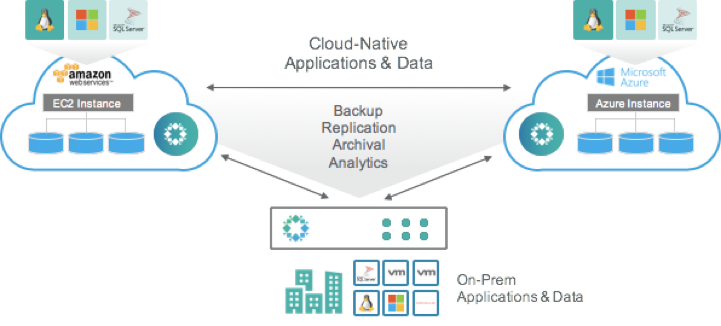
Specifically, there are three important capabilities in our Cloud Data Management platform that support this use case:
CloudOut: Archive backup data to object storage platforms such as Amazon S3 or Azure Blob Storage for quick access and retrieval.
CloudOn: Instantiate on-premises workloads in the public cloud for instant restores, test/dev and cloud migrations.
Cloud Cluster: Rubrik in the cloud protecting workloads running in the cloud.
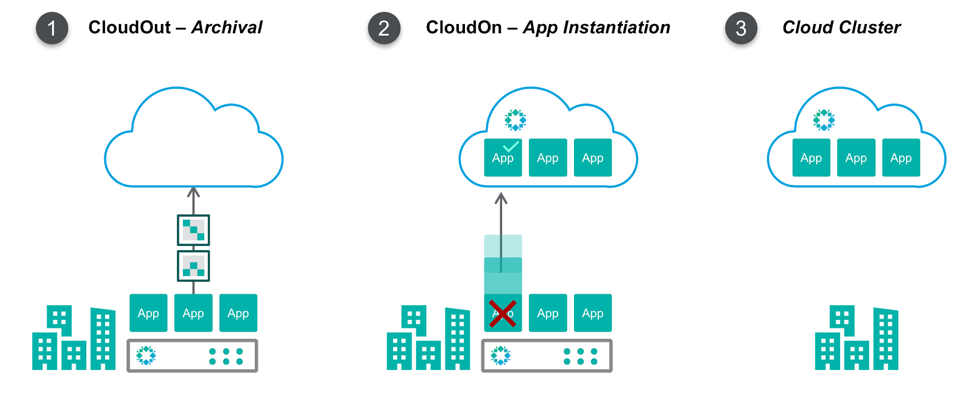
Backup and Restore with Rubrik
In this scenario, Rubrik protects on-premises applications and then archives the backup data to the public cloud, using CloudOut, after a pre-defined retention period.
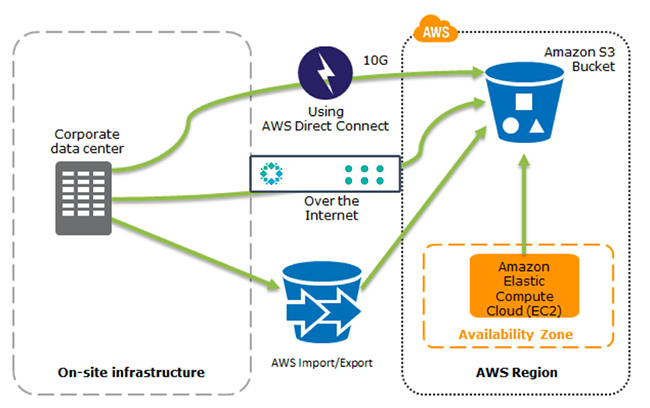
If a disaster occurs, users can leverage CloudOn to launch new Amazon EC2 instances or Azure VMs based on server images created by Rubrik using archived backups of on-premises VMs.
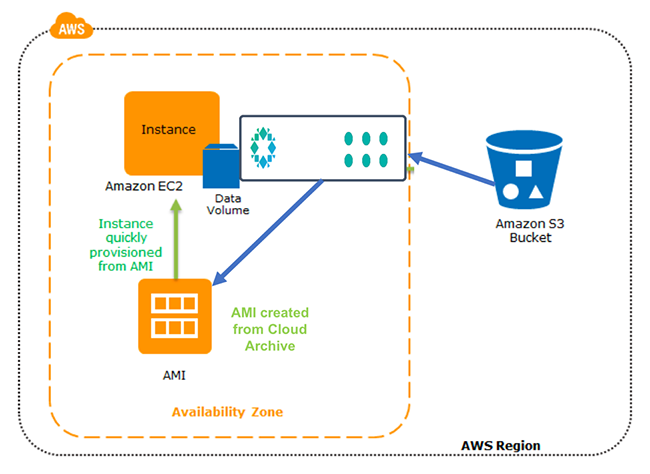
Pilot Light with Rubrik
CloudOn can also be used with the Pilot Light scenario. In this case, Rubrik creates and saves cloud server images as new backups are archived to the cloud. This gives users the flexibility of having images available to launch new instances/VMs in the event of a disaster without incurring the cost of running servers continuously in the cloud.
Stateful core components stay up and running and receive continuous or periodic updates from production. Depending on the required RTO or RPO, Rubrik might be used to refresh these core components using CloudOn and/or a Cloud Cluster. If synchronous updates are required, suitable third-party software can be used to update core components while Rubrik continues to create VM images for Pilot Light servers.
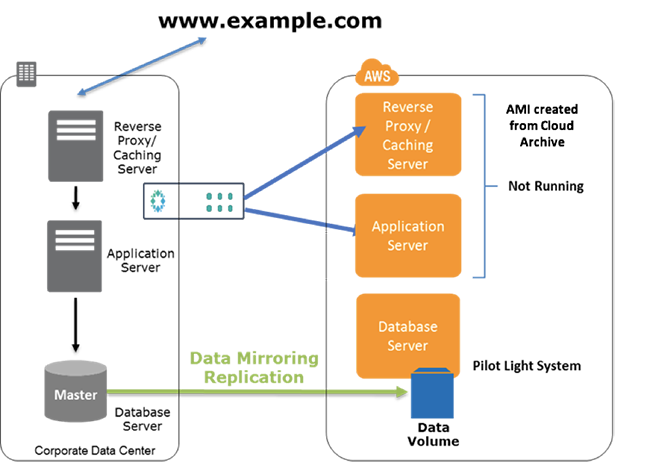
If a disaster occurs, users can launch new server instances/VMs using the VM images pre-seeded through CloudOn. The servers can be launched individually or, more typically, using an orchestration tool such as AWS CloudFormation or Azure Resource Manager Template. The new servers are connected to the stateful core components to create a full DR site with user traffic rerouted to it.
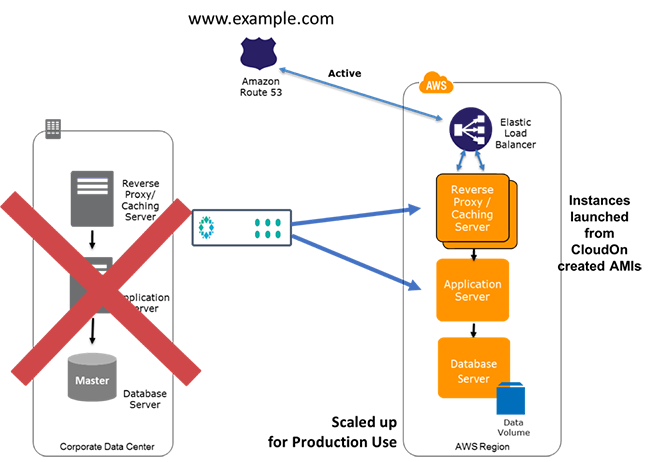
Warm Standby with Rubrik
The Warm Standby option is nearly identical to the Pilot Light option except that in addition to running core components, CloudOn can be used to create server images and launch a scaled-down version of production. Users also have the option of letting CloudOn just create the server images before using an orchestration tool to launch a subset of instances/VMs.
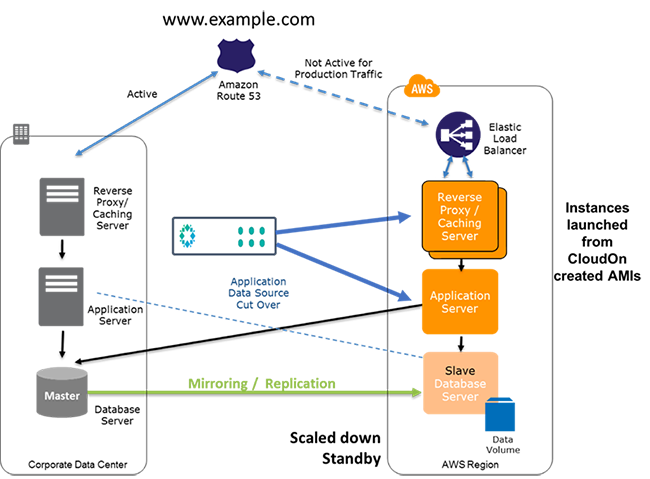
If a disaster occurs, traffic can be redirected to the DR site in the cloud to accept initial production traffic. Users can then scale up by launching new server instances/VMs using the VM images pre-seeded through CloudOn. A Cloud Cluster protects the instances/VMs in the Warm Standby environment and backs up the full DR site once failover occurs.
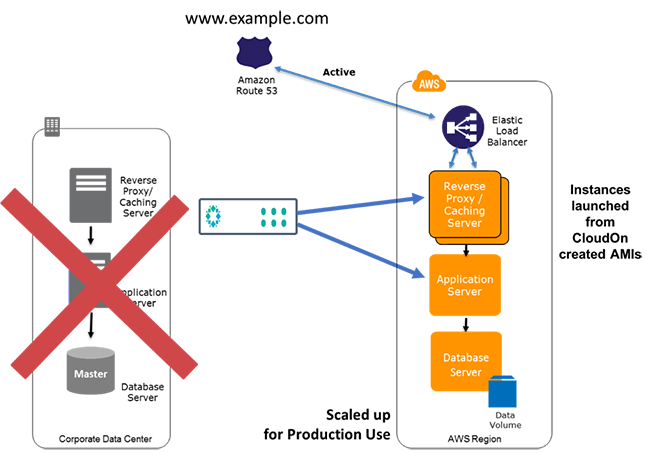
Hot Site with Rubrik
For the Hot Site scenario, CloudOn can seed the DR site in the cloud, refreshing server images as needed. In an active/active scenario, use Cloud Cluster to protect the cloud environment while an on-premises Rubrik solution protects the on-premises infrastructure. This provides a common platform for protecting and managing data across multiple sites and clouds.
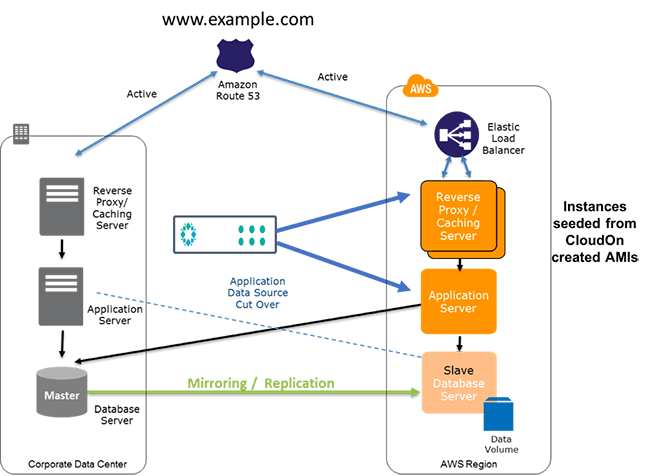
As you can see, Rubrik helps users create an effective DR plan. Regardless of the approach you take to disaster recovery, our enterprise platform offers the right technology solutions for protecting customer data, moving it to the cloud, and orchestrating a DR environment in the cloud.
